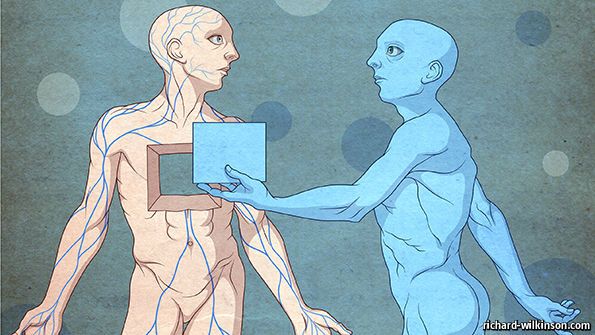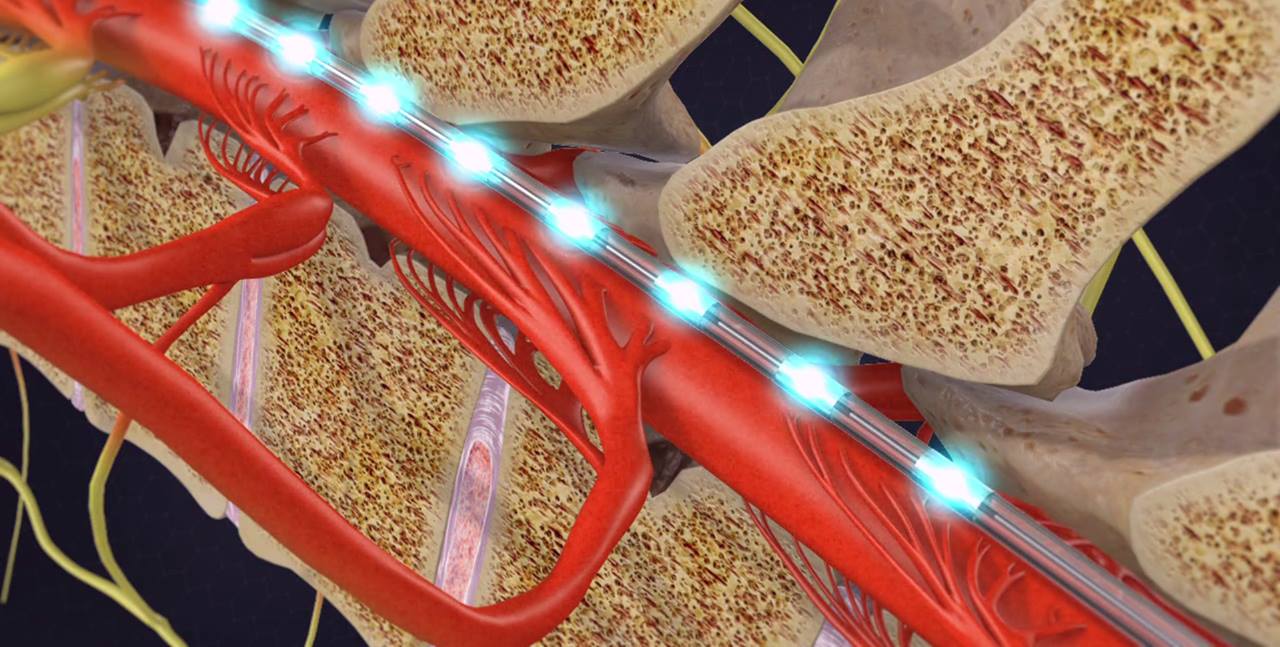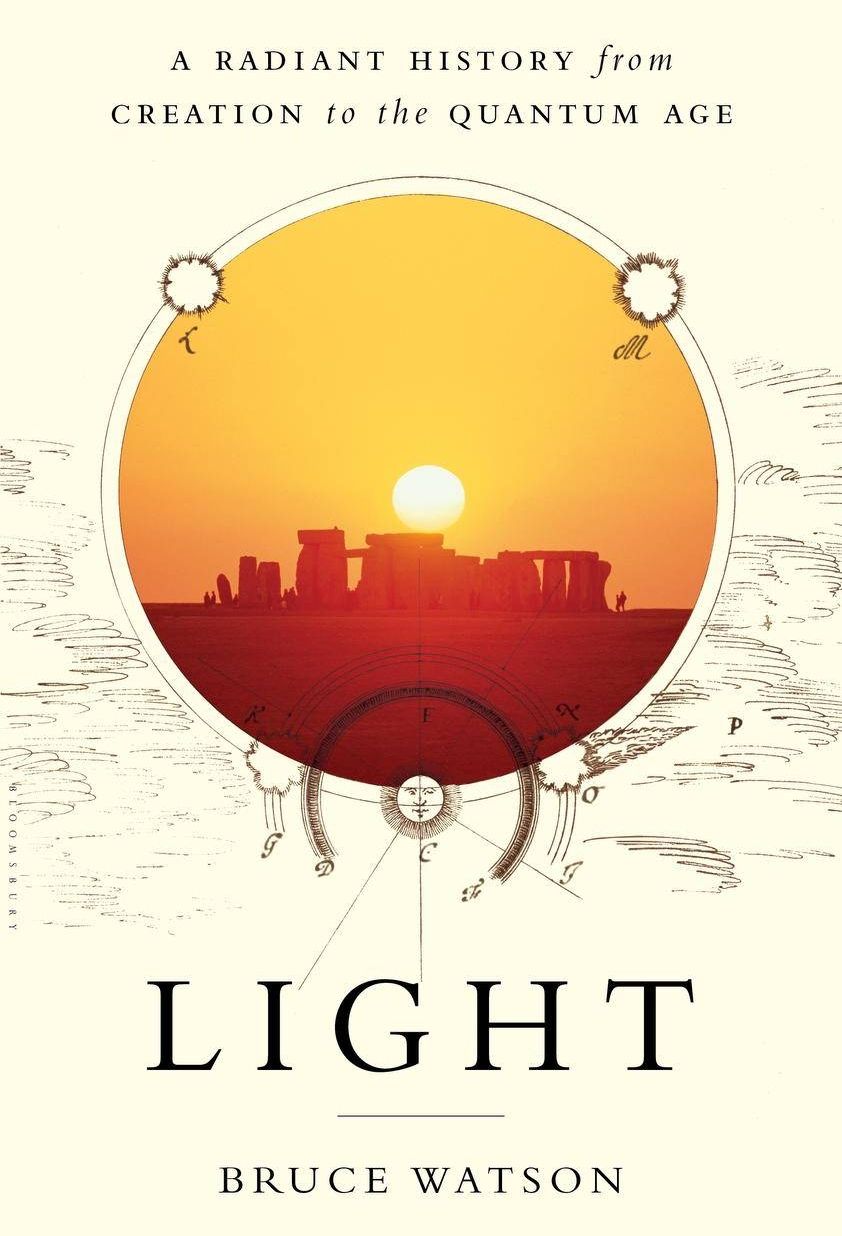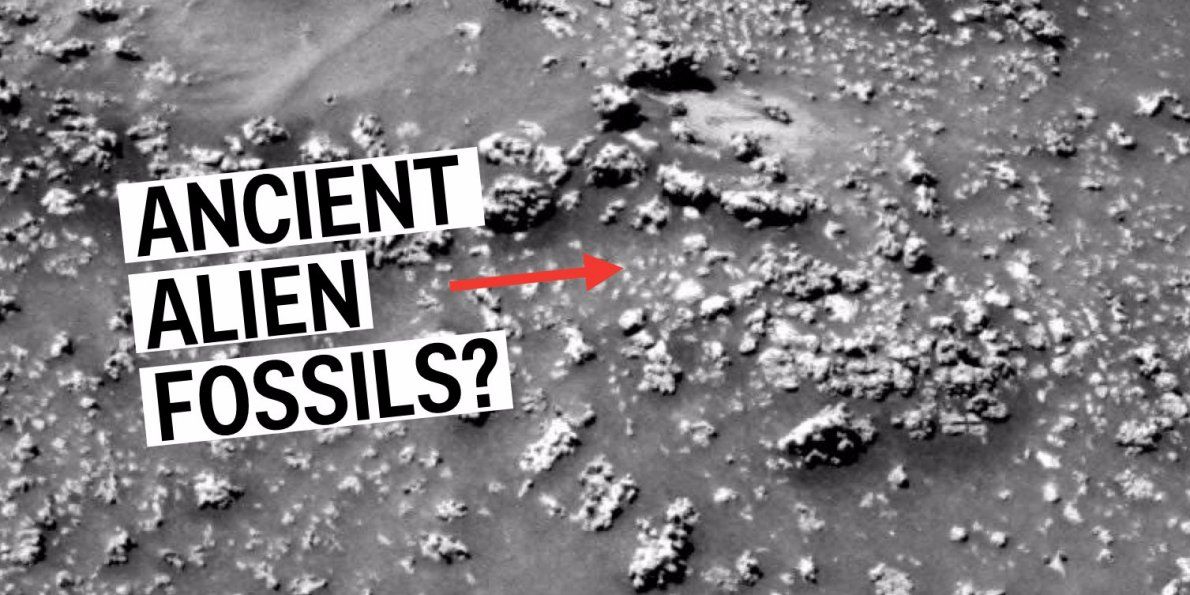Archive for the ‘science’ category: Page 128
Feb 11, 2016
Five women making strides in the science world
Posted by Karen Hurst in category: science
Michelle Simmons is Australia’s answer to Canada’s Geordie Rose (CTO of D-Wave) — Simmons and four other female scientists are recognized.
Meet five Australian women at the top of their game on the first UN day honouring female contributions to the world of science.
Feb 11, 2016
Defend Your Research: What Makes a Team Smarter? More Women — By Anita Woolley and Thomas W. Malone | Harvard Business Review
Posted by Odette Bohr Dienel in categories: science, strategy

“The finding: There’s little correlation between a group’s collective intelligence and the IQs of its individual members. But if a group includes more women, its collective intelligence rises.”
Feb 10, 2016
A friendly reminder: Technology, like science, is neither good nor bad
Posted by Bryan Gatton in categories: alien life, military, science
Feb 10, 2016
Science and superheroes: how close are we to creating real superpowers?
Posted by Karen Hurst in category: science
I do believe that I will see this in my life time.
As Marvel’s Deadpool hits screens we ask: with three out of five fictional superheroes owing their powers to science, will we ever have real superpowers?
Feb 7, 2016
Science: ‘Light: A Radiant History From Creation to the Quantum Age,’
Posted by Karen Hurst in categories: quantum physics, science
I wake up today, and do my normal routine which is coffee and toast in bed, etc. Then I started screening through the news and wham! Quantum seems to be discussed everywhere today. Did a lightbulb just turned on for folks.
An exploration of the science and philosophy of something as old as the universe and as fresh as this moment.
Feb 4, 2016
NASA’s Spirit Mars rover found mysterious growths on Mars that could be the biggest discovery in science
Posted by Sean Brazell in categories: alien life, science
Feb 4, 2016
Astronauts and Arugula: Using Space-Station Technology to Grow Food — By Davina van Buren | Modern Farmer / smithsonian.com
Posted by Odette Bohr Dienel in categories: human trajectories, science, space, space travel

“Unlike other vertical farms that use market-ready technology, Romano developed Infinite Harvest’s proprietary building management system from the ground up, using his knowledge of space habitat design.
Tags: Agriculture, Vertical farm
Feb 4, 2016
Wait not in vain | The Economist
Posted by Odette Bohr Dienel in categories: business, cryonics, human trajectories, science

“After decades of piecemeal progress, the science of cryogenically storing human organs is warming up”
Feb 3, 2016
How, not why, the human brain folds — By Leah Burrows | Harvard Gazette
Posted by Odette Bohr Dienel in category: science

“The distinctive troughs and crests of the human brain are not present in most animals; highly folded brains are seen only in a handful of species, including some primates, dolphins, elephants, and pigs. In humans, folding begins in fetal brains around the 20th week of gestation and is completed only when the child is about 18 months old.”
Tag: Brain













